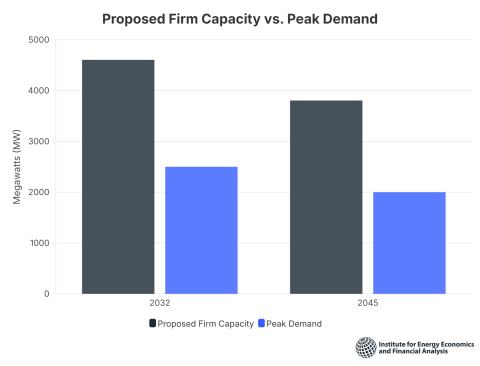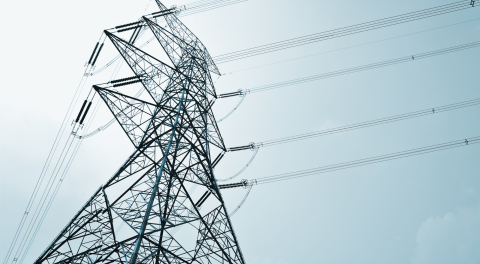Using coal gasification to generate electricity: A multibillion-dollar failure
Download Full Report
Key Findings
Many utilities and independent power plant developers around the U.S. (and two state regulatory commissions) rejected IGCC projects because the technology was untested and involved higher financial risk than conventional coal-fired power plants.
The Kemper and Edwardsport experiments, the only two coal gasification plants built in the U.S. in the past decade, show that Integrated Gasification Combined Cycle (IGCC) technology does not operate as advertised. Further, they demonstrate how high construction costs, unreliable performance, and high operating costs keep such plants from being financially viable or from effectively reducing carbon-dioxide emissions.
Executive Summary
Efforts to gasify coal for power generation have been major failures, technologically and financially.
Only two of the 25 coal-gasification electricity generating plants proposed in the U.S. since 2000 have ever come on line: Southern Company’s Kemper plant in Mississippi and Duke Energy’s Edwardsport plant in Indiana.
Both Kemper and Edwardsport have been economic disasters for consumers and investors alike.
Under pressure from the Mississippi Public Service Commission for having logged billions of dollars in cost overruns at Kemper, the Southern Company affiliate Mississippi Power announced in July 2017 that it will halt coal burning at Kemper. Henceforth the plant will run only on natural gas.
That leaves Edwardsport as the sole remaining plant built in the U.S. in the last decade burning gasified coal to produce power. It is the only modern plant built around "clean coal" gasification technology that continues to be promoted as a viable way to generate electricity but in fact is not.
Edwardsport has been plagued by technological problems, and four years after opening is still not running properly. Because of its operational problems and its huge construction cost overruns, Edwardsport’s electricity is wildly expensive. Power from the plant costs more than five times what electricity sells for in wholesale energy markets in Indiana.
Some in the electric utility and coal industries continue to push for new coal-gasification projects, even though natural gas plants are much less expensive to build and are more reliable, and wind- and solargenerated electricity is cheaper.
The technology used in coal gasification plants—known as Integrated Gasification Combined Cycle (IGCC)—poses major risks to ratepayers and investors alike as the technology remains both unreliable and expensive.
A number of important and painful lessons have emerged from Kemper and Edwardsport:
- Modern IGCC plants are far more expensive to build than proponents have been willing to publicly acknowledge.
- Such plants take much longer to construct than proponents typically assert.
- IGCC plants are very expensive to operate.
- IGCC plants have proven unreliable due to problems with modern coal-gasification technology.
- The high costs of building and operating IGCC plants, and their unreliable operations, mean that the technology is not an economically feasible option for capturing and sequestering carbon dioxide emissions from coal plants.
- IGCC plants cannot compete with wholesale market power prices or with falling prices for wind- and solar-generated electricity.
In sum, Kemper and Edwardsport prove the high cost and unreliability of IGCC technology and serve as a stark warning against investing in such projects.
Press release: Surging energy prices accelerating pace of wind, solar and battery adoption
Please view full report PDF for references and sources.














